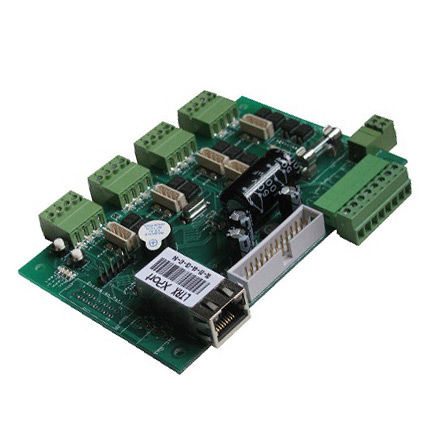

The Fascinating World of Frosted Glass That Changes to Clear
In the realm of modern design and technology, the interplay between functionality and aesthetics has given rise to innovative materials that revolutionize the way we perceive and utilize transparent surfaces. One such marvel is frosted glass that changes to clear. This remarkable innovation not only serves a practical purpose but also transforms spaces in fascinating ways, appealing to both residential and commercial environments.
Frosted glass, known for its translucent quality, offers privacy while still allowing light to filter through. Traditionally, this type of glass has been a popular choice for bathrooms, offices, and conference rooms. Its soft, diffused effect creates a serene atmosphere, obscuring views without completely blocking the light. However, the latest advancements have taken frosted glass to new heights by incorporating smart technology that enables it to switch from frosted to clear at the touch of a button or through the integration of smart home systems.
The mechanism behind this intriguing transformation lies in the use of electrochromic or liquid crystal technologies. When a small electrical current is applied, the molecules within the glass align to become transparent, thus revealing clear visibility. This shift not only enhances versatility but also allows for dynamic space utilization. Imagine a conference room where glass partitions can transition from opaque to transparent for an open, collaborative environment during brainstorming sessions, and revert back to frosted for privacy during sensitive discussions. This adaptability can be particularly beneficial in urban environments where space is at a premium.

Moreover, the aesthetic appeal of frosted glass that changes to clear cannot be overstated. The sleek and modern look of such glass installations adds a touch of sophistication to any interior design. Whether used in residential living spaces, such as sliding doors and room dividers, or in commercial settings, like storefronts and office partitions, the visual impact is both striking and functional. The ability to control the transparency of the glass can evoke different moods and atmospheres, making it a popular choice among architects and designers seeking to create spaces that are both inviting and intuitive.
Furthermore, this innovative glass is not just a design element; it also contributes to energy efficiency. By utilizing smart glass technology, buildings can optimize natural light entry, reducing the reliance on artificial lighting during the day. This not only lowers energy costs but also promotes a healthier, more natural indoor environment that enhances the well-being of its occupants.
Despite its numerous advantages, it is essential to consider the practical aspects of frosted glass that changes to clear. Installation costs may be higher compared to traditional glass, and maintenance must be addressed with care to ensure the long-term functionality of the electronic components. However, the potential benefits can outweigh these challenges, especially for businesses looking to create a cutting-edge image or homeowners aspiring to elevate their living spaces.
In conclusion, frosted glass that changes to clear represents a perfect marriage of technology, design, and practicality. Its ability to adapt to changing needs speaks to the evolving nature of architectural and interior design, pushing the boundaries of traditional materials. As we move toward a more connected and dynamic future, innovations like these will undoubtedly play a pivotal role in shaping how we experience and interact with our environments. Whether for enhanced privacy, aesthetic appeal, or energy efficiency, this transformative glass is set to redefine our understanding of space, light, and transparency in the years to come.